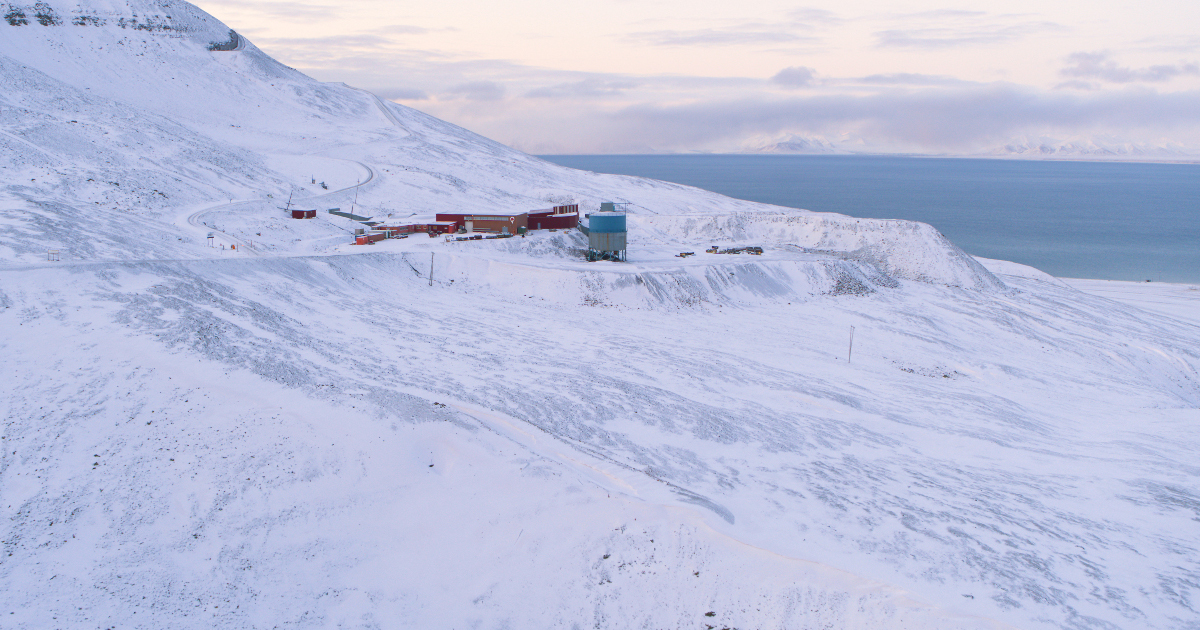
OPEN SOURCE … ON THE ROCKS
I have always wondered, when the archaeologists of the future, in a thousand years, will study our era, what types of documents they will find and what computer data they will have available.
Unfortunately, the answer is simple: little or nothing. Our era is mainly based on the dematerialisation of documents, now made and preserved almost exclusively in digital format, which, precisely because of their intrinsic characteristic, will probably not be available for the study of our future historians.
In support of this claim, we must think that the most commonly used digital media have a fairly limited average life. To give some examples: the floppy disks, so popular in the eighties, lasted about 2 years, the rewritable CDROMs and DVDs have an average guaranteed life of about 5 years, while those recorded professionally can reach around 20-25 years. There are always some recent evolutions of magneto-optical technologies that reach up to 30-40 years, logically in optimal magnetic and environmental conditions.
Another consideration is techno-methodological: to make digital data always up-to-date and available we must absolutely take into account the obsolescence of the reading devices, the operating systems on which they were created and the software for the interpretation of the data. In summary, to get digital information to posterity we are obliged to refresh this information with time intervals not greater than a few years (refreshing) or taking advantage of any new emerging technologies (migration).
The third consideration is empirically personal: when, looking for the photos of the summer holidays of a not very recent past, I found myself in the sad situation of having lost the CDROM where I had saved them, having reset the hard disk where they could perhaps still be stored and having not applied any boring recursive back-up.
In other words, I have the opportunity to read Egyptian papyri and stone engravings from thousands of years ago, but I have lost the content of texts, photos and videos made for less than a decade.
The lines of code of all our beautiful programs and our splendid apps run the risk of being lost in the near future.
But … at the end of July, an American IT company (acquired by Microsoft in 2018), which is an important hub where open source projects and software are hosted (whose code is also used by large companies in the sector such as Google, Apple and Amazon) has launched a significant archiving project aimed at future generations of computer scientists.
A substantial part of their open source code (about 21 TB) was transferred onto 186 reels, made by a partner company, with a particular photosensitive digital film (a microfilm that can be read both by computer and by human eye, through a lens of magnification), with a corrosion resistance of time which, in the intentions of the creators, should be millennial.
For further safety, these coils were sent in the so-called Arctic Code Vault, a special steel safe, housed in a disused coal mine, placed hundreds of meters deep under a thick layer of permafrost in an island of a remote archipelago of Norway (Svalbard Islands).
The computer code is in good company, since the same structure hosts data from Unicef, the national archives of Brazil and Mexico, the Norwegian broadcaster KDRS and the Vatican Apostolic Library.
I hope so much effort can achieve the goal of preserving, for a thousand years, the open source code for the knowledge of future generations of computer scientists, but unfortunately no one can compensate me for the loss of my beloved photos of the summer at the sea of 2012.
ACTION ICT (August 2020)
ACTION ICT is a young, dynamic and innovative IT company. It operates, both nationally and internationally, offering professional skills and design solutions in the ICT field to medium and large businesses. Our highly skilled know-how is housed in three expertise specific departments: ACTION DATA (Big Data Analytics and Artificial Intelligence), ACTION APP (Web & Mobile Application) and ACTION IOT (Internet of Things and Robotics).
Keep in touch
Latest
-
 Stage Mirror Approach…
Stage Mirror Approach…
-
 The Distinction Between…
The Distinction Between…
-
 FROM LANGUAGES TO…
FROM LANGUAGES TO…
-
 A LITTLE “NETIQUETTE”…
A LITTLE “NETIQUETTE”…
-
 A LITTLE ATTENTION…
A LITTLE ATTENTION…
-
 REMOTE WORKING: PROS…
REMOTE WORKING: PROS…
-
 OTHER WINNING TECHNOLOGIES…
OTHER WINNING TECHNOLOGIES…
-
 WINNING TECHNOLOGIES BETWEEN…
WINNING TECHNOLOGIES BETWEEN…
-
 ACTION ICT PARTICIPATES…
ACTION ICT PARTICIPATES…
-
 SUCCESS MANAGER: 2…
SUCCESS MANAGER: 2…
-
 CYBERSECURITY: WHAT YOU…
CYBERSECURITY: WHAT YOU…
-
 LEADER & INFLUENCER…
LEADER & INFLUENCER…
-
 PROJECTS & PARTNERSHIPS:…
PROJECTS & PARTNERSHIPS:…
-
 WE ARE ALWAYS…
WE ARE ALWAYS…
-
 PROJECTS & PARTNERSHIPS:…
PROJECTS & PARTNERSHIPS:…
-
 OPEN SOURCE ……
OPEN SOURCE ……
-
 ACTION ICT OPENS…
ACTION ICT OPENS…
-
 PROJECTS & PARTNERSHIPS:…
PROJECTS & PARTNERSHIPS:…
-
 PROJECTS & PARTNERSHIPS:…
PROJECTS & PARTNERSHIPS:…
-
 INNOVATIVE ICT PROJECTS:…
INNOVATIVE ICT PROJECTS:…
-
 PROJECTS & PARTNERSHIPS:…
PROJECTS & PARTNERSHIPS:…
-
 ECOLOGY: THINKING BIG,…
ECOLOGY: THINKING BIG,…
-
 BIG DATA ANALYTICS…
BIG DATA ANALYTICS…
-
 LARGE ITALIAN COMPANIES…
LARGE ITALIAN COMPANIES…
-
 ARTIFICIAL INTELLIGENCE AND…
ARTIFICIAL INTELLIGENCE AND…
-
 BIG DATA and…
BIG DATA and…
-
 THE HIDDEN FACE…
THE HIDDEN FACE…
-
 SCHUBERT and ARTIFICIAL…
SCHUBERT and ARTIFICIAL…
-
 ARTIFICIAL INTELLIGENCE vs…
ARTIFICIAL INTELLIGENCE vs…
-
 ARTIFICIAL INTELLIGENCE AT…
ARTIFICIAL INTELLIGENCE AT…
-
 MACRO OFFER AREAS…
MACRO OFFER AREAS…
-
 NECESSARY PROFESSIONAL FIGURES…
NECESSARY PROFESSIONAL FIGURES…
-
 THE NEW CHALLENGES…
THE NEW CHALLENGES…












